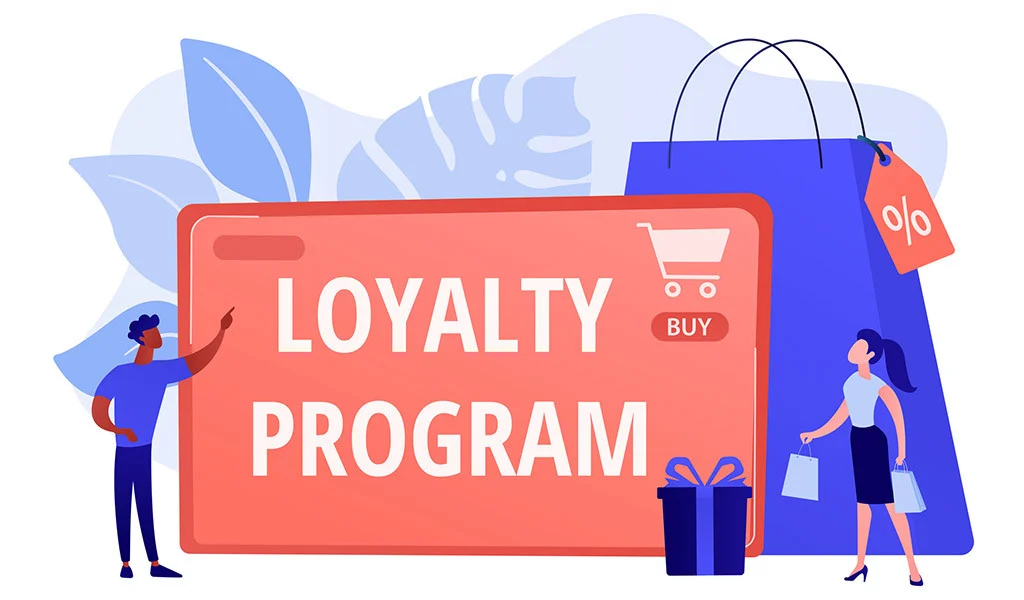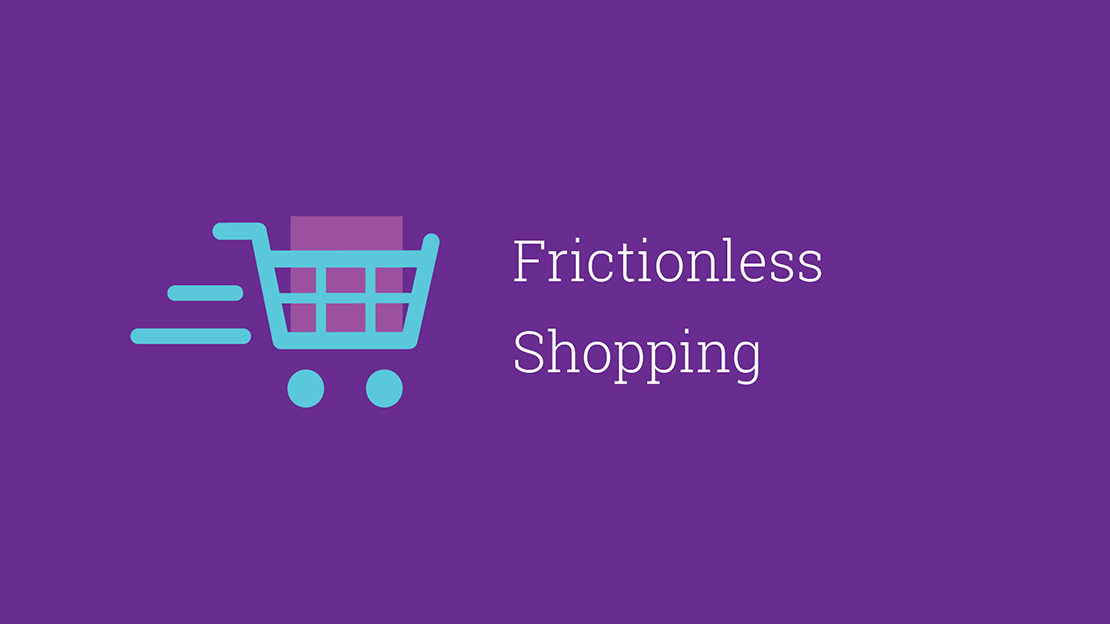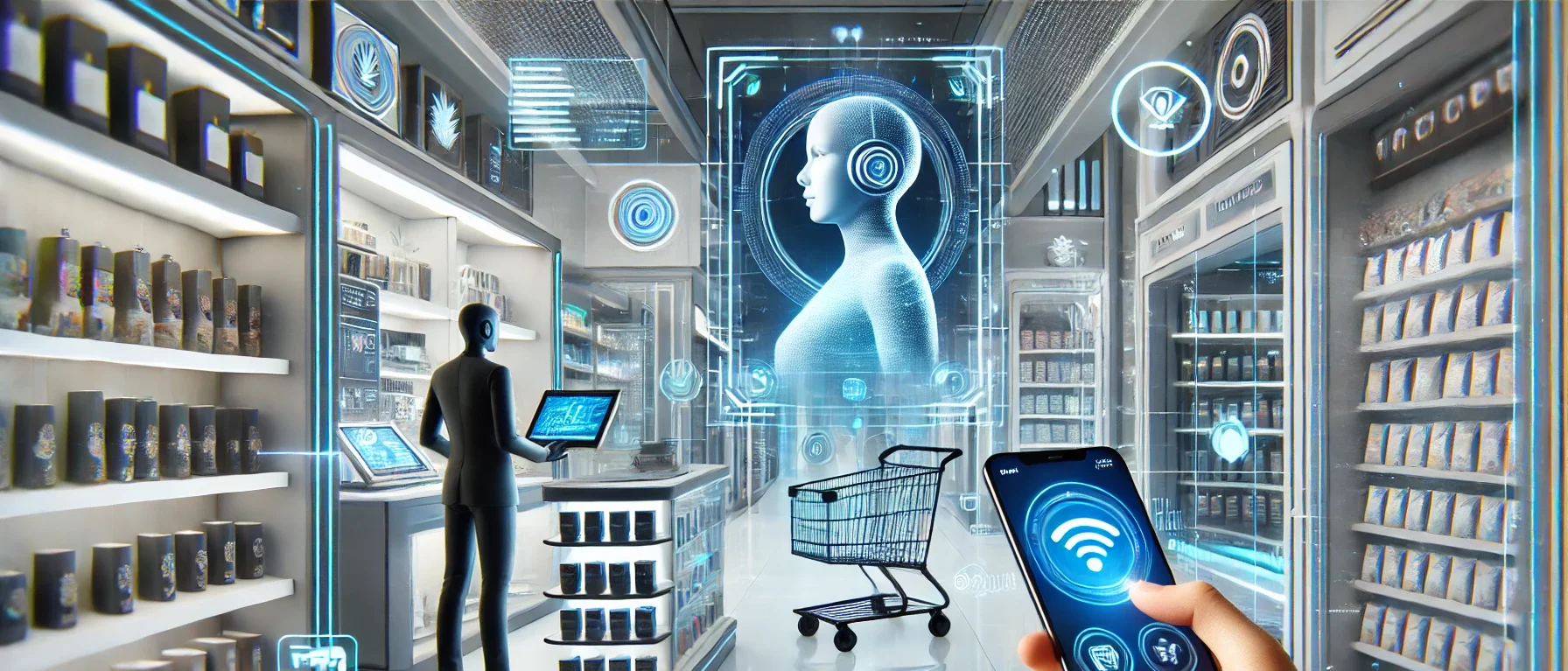Envision strolling into a boutique where you are warmly welcomed by name. But not just any boutique – one that knows your favorite brands, your preferred size, and even your coffee preferences. Seems like a glimpse into the future, doesn’t it? Thanks to the advent of hyper-personalization, this futuristic scenario is fast becoming a reality.
Hyper-personalization transcends the limits of conventional personalization, which relied on basic demographics and purchase history. Instead, it harnesses the power of AI, machine learning, and real-time data to curate exceptionally tailored experiences for each individual customer. This entails comprehending your preferences, needs, and immediate context to provide precisely what you seek, precisely when you seek it.
Here’s the mechanics behind it:
- Data Collection: Drawing from your browsing history, online purchases, social media engagement, and even your location data, hyper-personalization aggregates information from diverse sources.
- Analysis and Prediction: AI algorithms dissect this data, pinpointing patterns and foreseeing your future behavior. What are you likely to purchase next? What content resonates with you?
- Real-time Customization: Based on these predictions, businesses can dynamically adapt their offerings in real-time. This might encompass showcasing personalized product recommendations, targeted promotions, or dispatching relevant emails and push notifications.
The merits of hyper-personalization are manifold:
- Augmented Customer Engagement: When customers sense that they are acknowledged and understood, their likelihood to engage with a brand increases.
- Elevated Conversion Rates: Personalized experiences result in more pertinent recommendations and offers, ultimately propelling higher sales and conversions.
- Fortified Brand Loyalty: Hyper-personalization nurtures brand loyalty and advocacy by establishing meaningful connections with individual customers.
Let’s observe hyper-personalization in action through real-world instances:
- Netflix: Proposes movies and shows based on your viewing history, genre inclinations, and even the time of day you typically watch.
- Amazon: Recommends products aligned with your past purchases, browsing behavior, and even items viewed on other websites.
- Spotify: Constructs personalized playlists reflecting your listening habits and even your current mood.
- Nike: Utilizes a mobile app enabling customers to virtually try on shoes and visualize how they’d appear on their feet.
- Sephora: Facilitates virtual consultations with beauty advisors offering product recommendations tailored to your skin type and desired look.
The future of hyper-personalization is brimming with promise. As technology evolves, we can anticipate more sophisticated and nuanced experiences. Picture a realm where your smart mirror suggests outfits based on your schedule and the weather, or your car adjusts temperature and music automatically based on your preferences.
Yet, with great power comes great responsibility. Ethical considerations concerning data privacy and potential algorithmic biases necessitate careful attention. Nevertheless, when executed judiciously, hyper-personalization has the potential to redefine our interactions with brands and the world around us.
So, are you prepared to embrace the epoch of hyper-personalization? As consumers, we wield the authority to demand more pertinent and meaningful experiences from the brands we engage with. Embracing this shift can mold a future where technology serves to connect rather than divide.
Remember, personalization is about making you feel special. Hyper-personalization takes it to the zenith, making you feel like the sole focus in the room.




